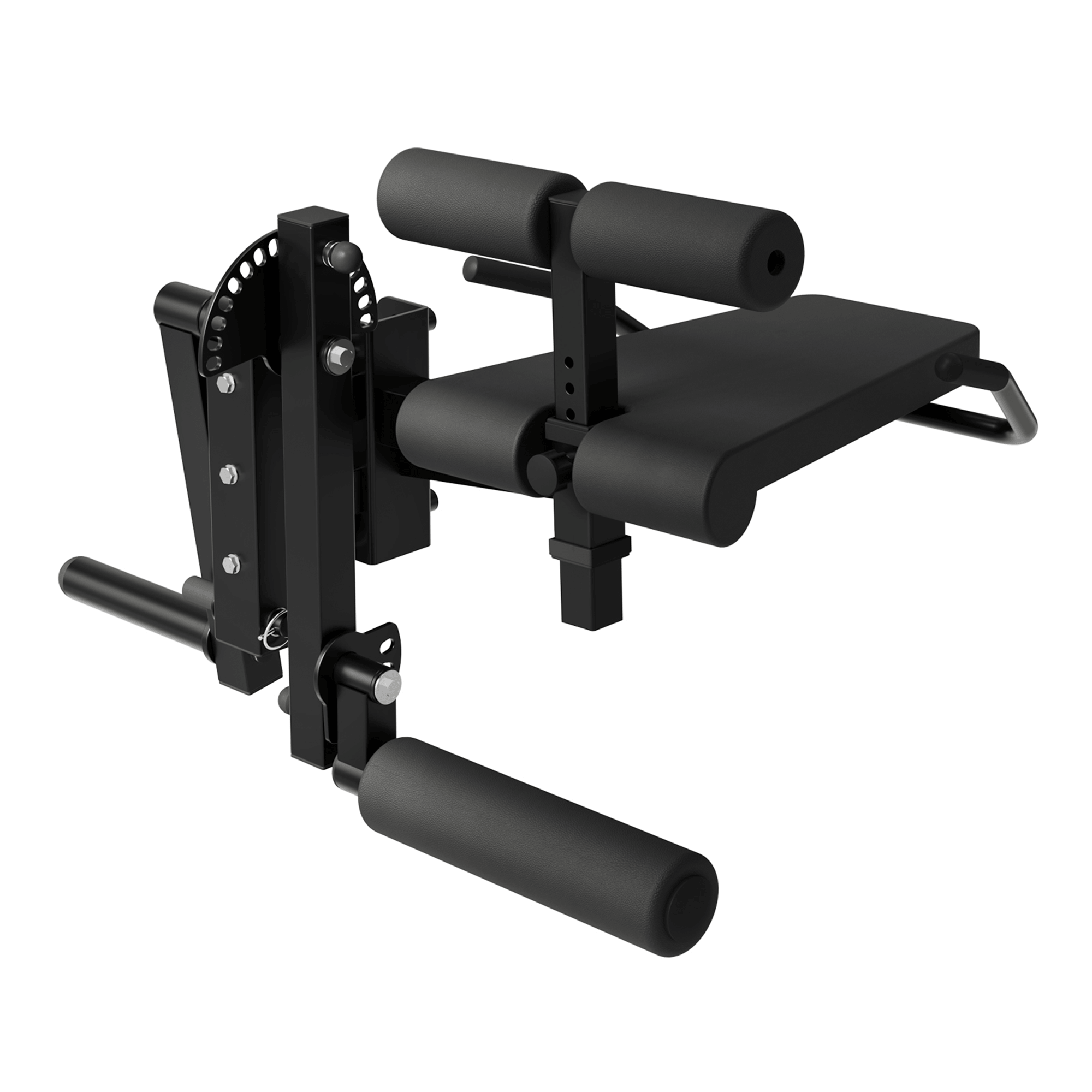A full body workout is one of the most efficient and practical ways to train, especially for busy people who want results without spending hours at the gym each day. Whether you’re looking to build strength, lose fat, or simply improve your overall fitness, learning how to create a full body workout that fits your goals and lifestyle is key.
What Does a Full Body Workout Consist Of?
A full body workout targets all the major muscle groups in a single session. This typically includes:
-
Lower body (quads, hamstrings, glutes, calves)
-
Upper body push (chest, shoulders, triceps)
-
Upper body pull (back, biceps)
-
Core (abs, obliques, lower back)
Instead of isolating just one or two muscle groups, full body sessions provide a balanced approach to training that builds symmetry, prevents overtraining, and enhances functional strength.
How to Structure a Full Body Workout
A well-rounded full body workout should be organized logically for both efficiency and safety. Here’s a common structure:
-
Warm-up (5–10 minutes)
Light cardio (jump rope, treadmill) + dynamic stretches to prepare joints and muscles. -
Compound Strength Lifts (15–25 minutes)
Focus on big, multi-joint movements like:-
Squats
-
Deadlifts
-
Bench press or push-ups
-
Pull-ups or rows
These exercises build strength across multiple muscle groups at once.
-
-
Accessory Work (10–15 minutes)
Add 2–3 exercises that target areas you want to improve. Examples:-
Bulgarian split squats
-
Lateral raises
-
Dumbbell curls or triceps dips
-
-
Core Training (5–10 minutes)
Incorporate:-
Planks
-
Hanging leg raises
-
Cable crunches
-
-
Cool-down (5–10 minutes)
Slow-paced cardio and static stretching to improve recovery and flexibility.
How to Build a Full Body Workout Template
Creating a personalized full body workout template makes it easier to stay consistent. Here's an example layout you can adapt:
| Day | Workout Template |
|---|---|
| Mon/Wed/Fri |
-
Squat variation
-
Horizontal push (bench press)
-
Horizontal pull (dumbbell row)
-
Core circuit
-
Cool-down |
| Tues/Thurs (Optional) |
-
Deadlift or lunge variation
-
Overhead press
-
Pull-up or lat pulldown
-
Mobility + core |
The goal is to rotate exercises within the same movement pattern to keep the training stimulus fresh while allowing for recovery.
How to Create or Customize Your Own Plan
To tailor your own full body workout:
-
Pick 1–2 compound lifts per session.
-
Add accessories based on your goals. For hypertrophy, go for moderate weights and higher reps; for strength, stick to heavier loads and lower reps.
-
Include rest days. Don’t underestimate the power of recovery. At least one rest day between sessions is essential.
-
Track progress. Log your sets, reps, and weights to ensure you’re making steady gains.
Final Thoughts
Learning how to make a full body workout doesn’t require complex programming—just a smart, balanced approach. Prioritize consistency, listen to your body, and build a plan that you can stick to. Over time, you’ll not only get stronger but also more confident in your fitness journey.













































Leave a comment
This site is protected by hCaptcha and the hCaptcha Privacy Policy and Terms of Service apply.